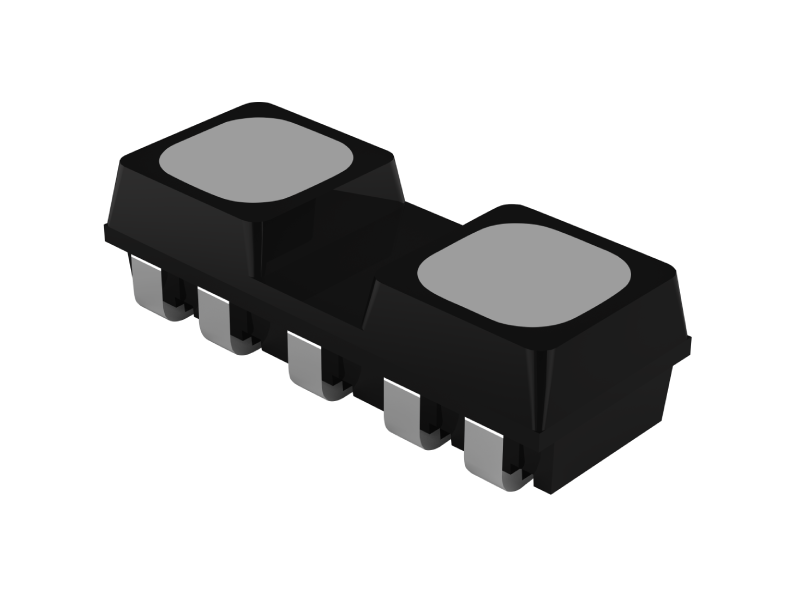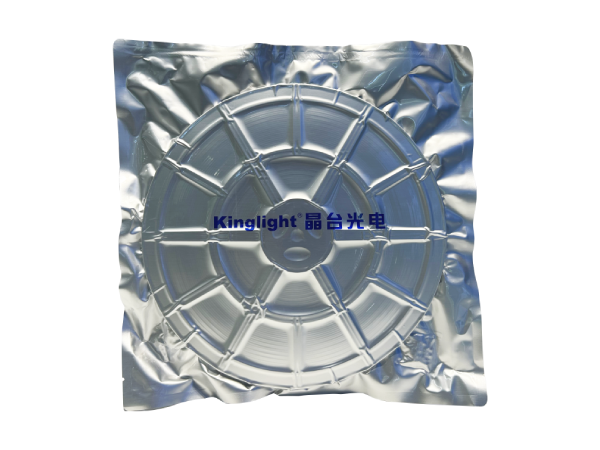When it comes to manufacturing LED screens, the smallest components often make the biggest difference. LED lamp beads—those tiny yet powerful light emitters—serve as the core of the entire display system. Choosing the right ones is not just a matter of brightness or color. It’s a complex process involving quality, consistency, reliability, and long-term performance. Before you place that bulk order, there are several critical questions you need to ask your supplier—and yourself.

Kinglight 2195-S1 2-in-1 LED for rental screens
Let’s dive into ten essential questions every screen manufacturer should consider when selecting LEDs for their next project.
Before production begins, your LED batches should go through a thorough Incoming Quality Control process. This includes visual inspection, electrical testing, and surface quality checks to ensure that the LEDs meet the base technical requirements. It’s not enough to rely on the supplier’s datasheets—you need real inspection records that verify product consistency across batches.
Uniform brightness is crucial in large-area LED screens. Even slight variations in luminous flux between batches can lead to visible inconsistencies. Ask your supplier about their brightness grading standard and how tight their flux binning tolerance is. A responsible manufacturer should offer a narrow binning range and provide photometric data with each shipment.
Color uniformity defines image quality. Even LEDs with the same wavelength may differ in chromaticity coordinates due to binning errors or inconsistent phosphor coating. To ensure vibrant and consistent visuals, you need to understand the supplier’s color coordinate control range and their strategy to avoid chromatic drift between batches.
High-temperature storage tests simulate the real-world thermal stress that LEDs undergo. If an LED fails after 1000 hours of HTST, it could be a sign of poor encapsulation or weak solder joints. A trustworthy supplier should provide you with reliability test data and failure rate analysis, usually aiming for <0.1% in such tests.
Humidity is a hidden killer in LED displays, especially for outdoor or high-humidity environments. Moisture-sensitive LEDs can lead to delamination, corrosion, and color instability. Make sure your supplier has a strict Moisture Sensitivity Level (MSL) classification and uses proper baking and sealing procedures before shipment.
LEDs are extremely sensitive to electrostatic discharge (ESD). A single static shock can cause invisible damage that shortens their lifespan. Ask your supplier about their ESD control procedures, including the use of anti-static wristbands, ionizing blowers, and anti-static packaging materials throughout the manufacturing and packaging stages.
Even small differences in forward voltage can lead to current imbalance, resulting in uneven brightness or premature aging. For LED displays, consistent VF is key to driving uniformity. Ensure that the supplier performs electrical binning and sorting, and request VF histograms if possible.
Sulfur corrosion is especially problematic in industrial or outdoor environments where polluted air or rubber materials may be present. LEDs must be tested against sulfur vapor and corrosive gases to ensure long-term stability. Ask whether the LEDs have passed standard tests like the IEC 60068-2-42 or similar.
Even the highest-quality LEDs can degrade if packaging fails. From moisture-proof bags to vacuum sealing, packaging plays a crucial role in quality retention during transit and storage. Don’t overlook this detail—check for desiccants, humidity indicators, and appropriate labeling (including shelf-life tracking).

Kinglight LEDs are packaged in vacuum aluminum foil bags.
Finally, ask for a full batch consistency report. This includes brightness, color coordinates, VF, and leakage current across samples from the same lot. A supplier who values quality control should have no problem sharing statistical charts or pass/fail ratios from random inspections, giving you peace of mind before integrating the LEDs into your production line.
In LED screen manufacturing, every lamp bead matters. Poor quality or inconsistent LEDs can lead to irreversible display issues, costly rework, and even brand reputation damage. By asking the right questions early—especially those related to quality inspection—you can protect your production investment and ensure every screen you ship meets the highest standards.
Before you make your next LED purchase, take the time to go through these ten questions with your supplier. It might be the most valuable quality check you perform.